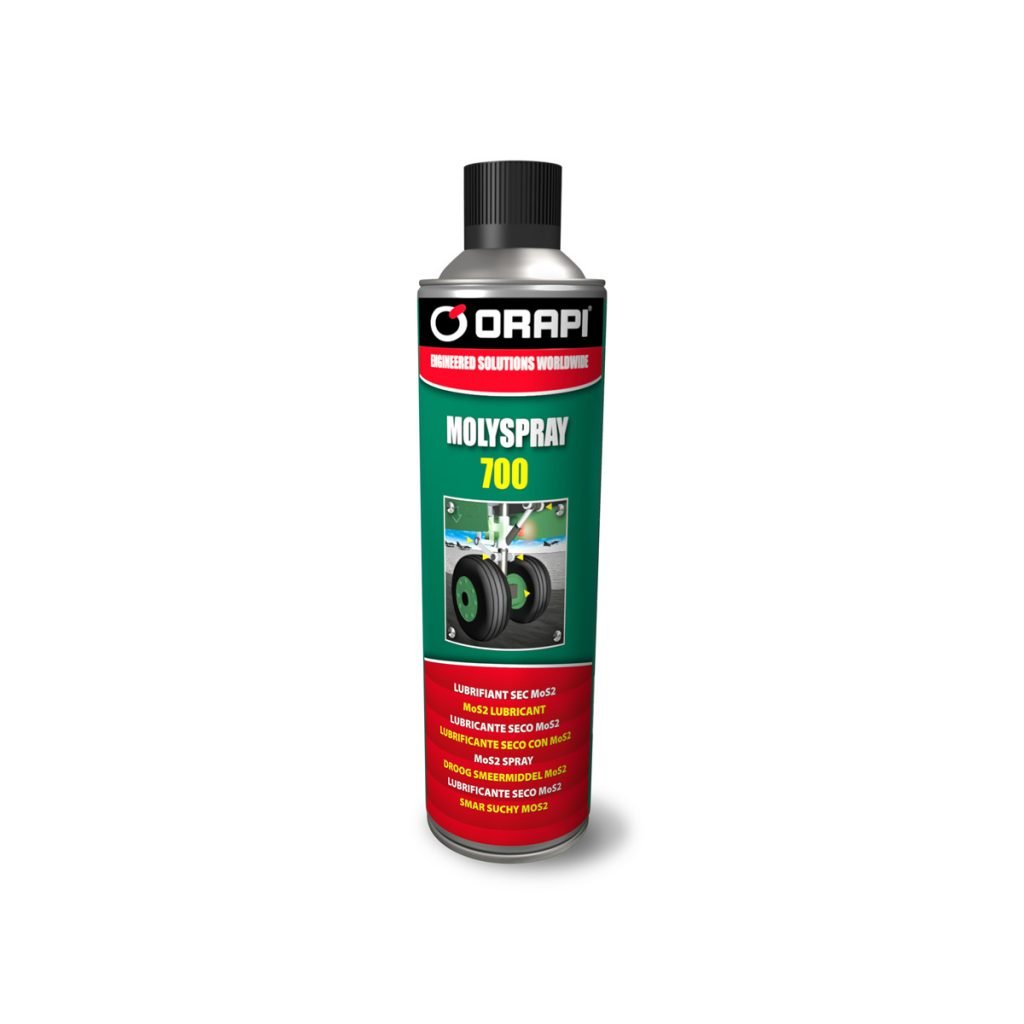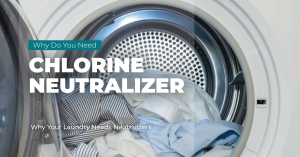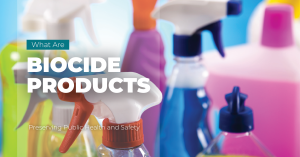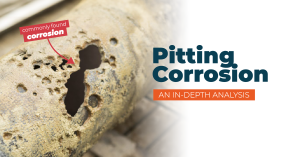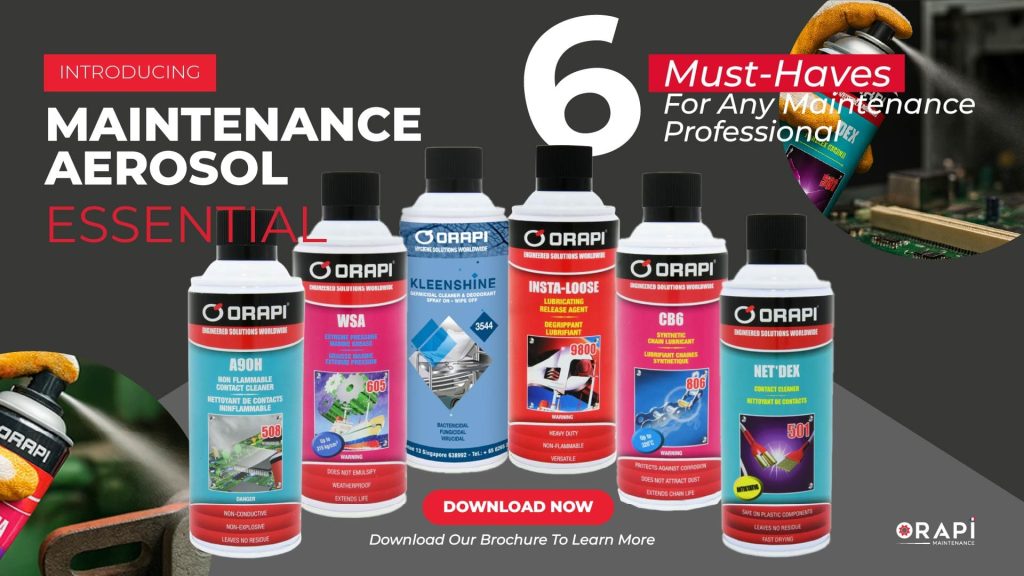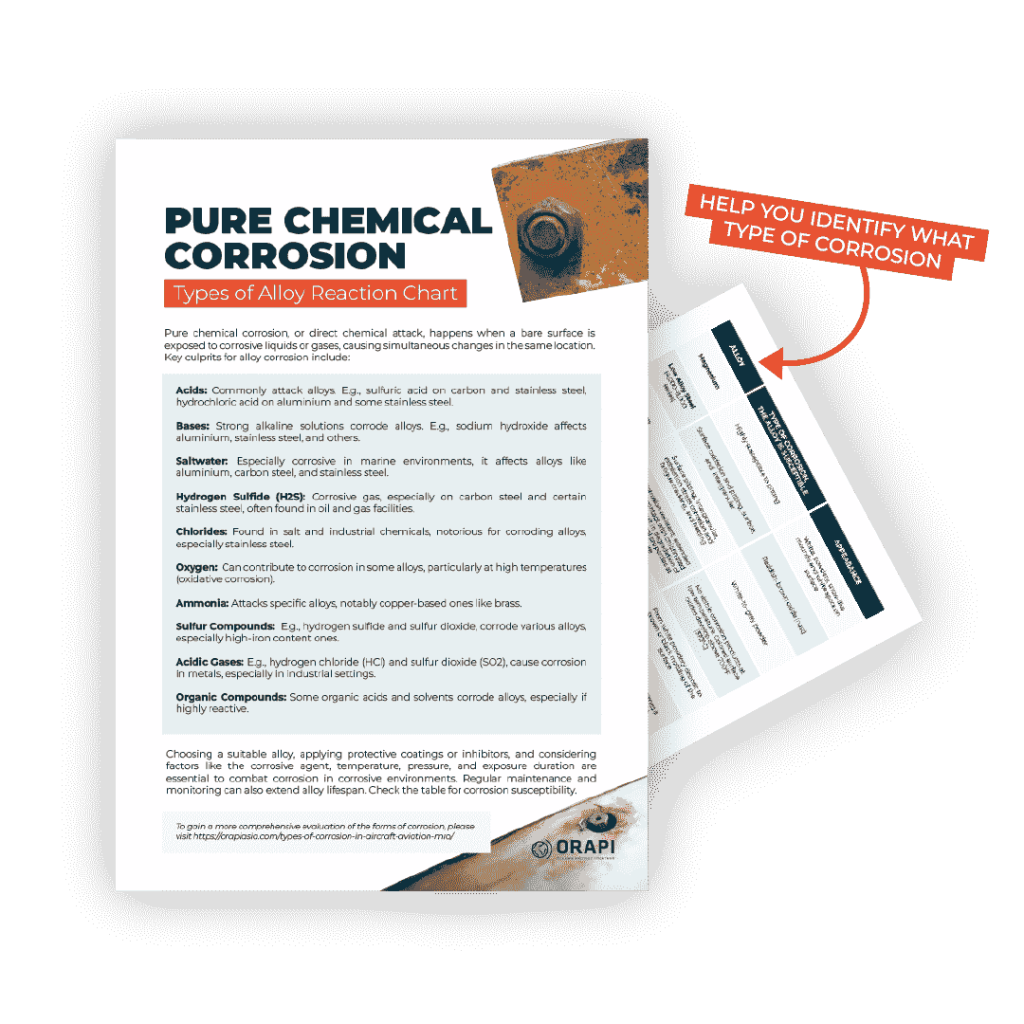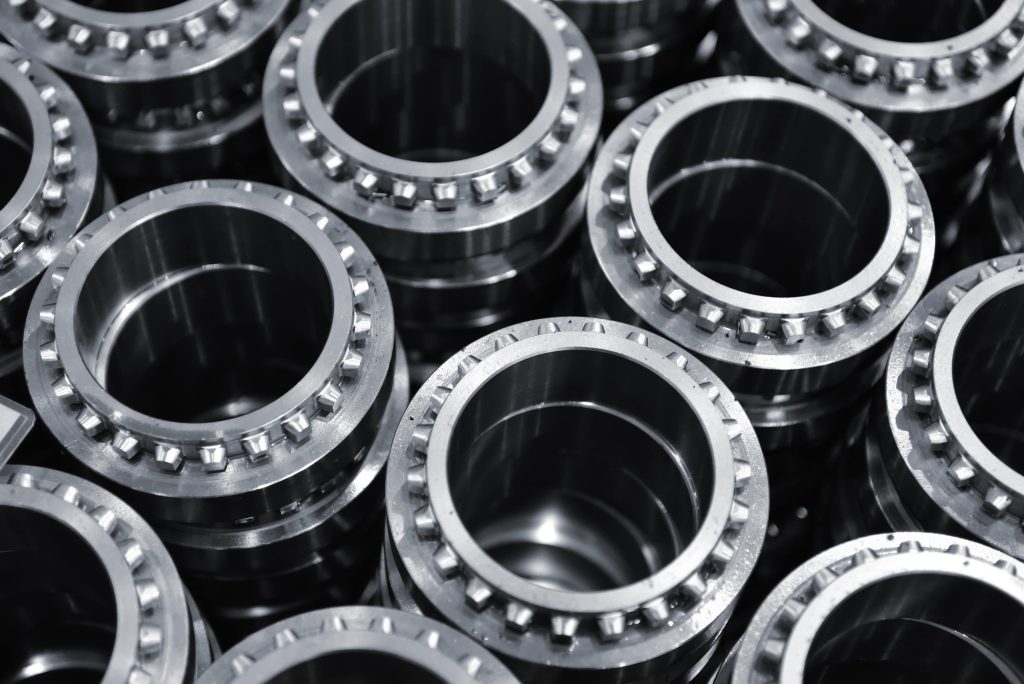
Picture a manufacturing facility where machines operate at high speeds, producing both heat and friction as their components interact. With time, this continuous friction and wear can result in equipment failures, elevated maintenance expenses, and decreased productivity. In such demanding environments, the importance of a dependable and efficient lubrication solution cannot be overstated. This is precisely where the MOLY steps in as the ultimate problem-solving tool. Therefore, in this article, we will delve into the characteristics and applications of MOLY as a dry lubricant, emphasising its exceptional performance and versatility within an industrial context. Initially, we will provide an overview of the properties and applications of MOLY as a dry lubricant or a solid lubricant, followed by an exploration of its benefits and recommended usage.
What Is MOLY?
MOLY Spray is specifically designed as a solid assembly lubricant for sliding surfaces, such as plain bearings, pins, cams, and slides. Its main objective is to reduce friction and enhance the durability of moving components.
Utilising a resin-bonded dry-film lubricant, MOLY harnesses the exceptional properties of molybdenum disulphide (MoS2) to deliver impressive performance. When applied to metal substrates, this advanced formulation creates a resilient and low-friction film that offers protection against wear and corrosion. MOLY SPRAY effectively reduces metal pick-up and galling during component assembly and dry start-up situations, providing superior lubrication where conventional “wet” lubricants may be unsuitable or inadequate.
MoS2 demonstrates remarkable versatility, performing exceptionally well under a wide range of operating conditions. It performs under extremely heavy loads (10,000 psi) as a dry film lubricant and has stability from -50°C to +450°C (up to 1,315°C) without flaking or cracking. Unlike oils and greases, the dry nature of the film resists the accumulation of dirt and dust while also exhibiting high resistance to water wash-off. These characteristics make it an ideal choice for use in extreme environments.
Benefits of Using MOLY
Anti-wear Treatment
- Preparation of metallic surfaces: Applying dry lubricant MOLY serves as a preparation step for metallic surfaces, making the running-in process smoother and more efficient. It helps to establish a protective layer that promotes proper mating and reduces initial friction during operation.
- Reduces friction strains: MOLY’s dry lubricating properties significantly decrease friction strains between moving parts. By minimising friction, it reduces energy losses and wears on the surfaces, resulting in improved efficiency and performance.
- Avoids seizing-up: The application of MOLY helps prevent the seizing-up of components that are susceptible to high levels of friction and heat. It forms a protective barrier between surfaces, reducing the likelihood of them sticking or locking together.
- Increases parts lifetime: MOLY’s ability to minimise friction and wear extends the lifetime of the treated components. By reducing the amount of wear and tear, it helps to preserve the integrity and functionality of the parts, leading to longer service life.
- No shimming effect: The film created by MOLY does not cause shimming, which refers to the undesirable reduction of mechanical gaps between components. This ensures that the original clearances and tolerances are maintained, allowing the parts to function properly without any adverse effects.
Protection Against Contact and Friction Rust
Fretting is a phenomenon where small oscillatory motions cause micro-movements between contacting surfaces, leading to wear and corrosion. Applying MOLY as a solid lubricant will significantly slow down or even eliminates fretting problems in various assemblies, bearings, bushes, cones mounting, swinging joints, and other applications. It provides a protective barrier that reduces the effects of contact and friction between the surfaces, preventing fretting-related issues.
Found in Granite Veins and Highly Refined
Molybdenum is commonly found in granite veins, which makes it a naturally occurring resource. It is extracted from ores and then subjected to a refining process to obtain pure molybdenum. This availability and refining capability ensure a steady supply of molybdenum for industrial lubrication applications.
Lamellar Hexagonal Structure with Easy Shear
The atomic layers of MoS2 are arranged in a hexagonal pattern. This structure gives molybdenum the intrinsic property of easy shear. It allows the material to slide or shear easily along the crystal planes, making it suitable for lubrication applications with low friction and easy movement.
Excellent Dry Lubricant
Due to its low friction coefficient and shear properties, molybdenum is often used as a dry lubricant. It can reduce friction and wear between surfaces in various mechanical systems, even in environments where traditional liquid lubricants cannot be used or are ineffective.
Friction Coefficient Decreases with Speed and Load Increase
Molybdenum reduces the friction coefficient as the surface speed and load increase. This property makes it highly desirable for applications with heavy speeds and loads, as it can provide consistent lubrication and reduce the risk of excessive wear and heat generation.
High Extreme Pressure (EP) Properties
MOLY can withstand and protect surfaces under heavy loads and high pressures, making it ideal for applications involving metalworking, gearboxes, and other systems where extreme pressures are present.
Excellent Adhesion to Surfaces
MoS2 has good adhesion properties, allowing it to bond effectively with surfaces. This characteristic enables it to form a protective layer on the contacting surfaces, reducing friction, preventing metal-to-metal contact, and enhancing overall dry lubrication efficiency.
Reduced Conductivity
Molybdenum does not readily conduct electricity. This property makes it suitable for lubrication applications where electrical conductivity must be avoided or minimized, such as electrical insulation or coating on specific components.
MOLY Suggest Applications
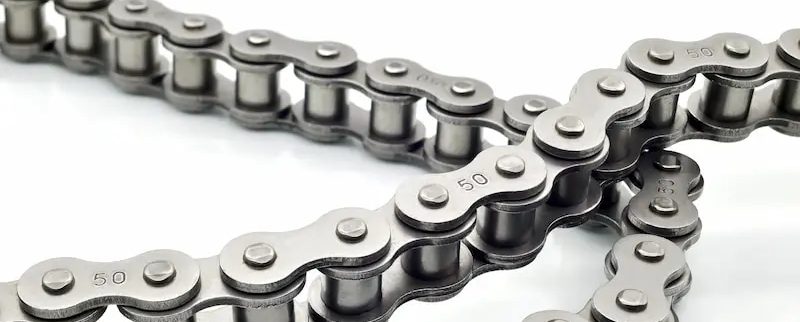
Drive Chains
Drive chains are subject to high levels of friction and wear. MOLY’s dry-film lubricant properties reduce friction, minimising wear and extending the lifespan of the chains. Its resistance to dirt and dust also helps maintain the performance of drive chains.
Furnace Maintenance
Furnaces operate at high temperatures, which can degrade conventional lubricants. MOLY’s ability to withstand extreme temperatures without flaking or cracking makes it suitable for lubricating furnace components, ensuring smooth operation and reducing maintenance needs.
Lubrication of Kilns and Ovens
Similar to furnaces, kilns and ovens require dry lubrication that can withstand high temperatures. MOLY’s exceptional stability and resistance to heat make it an ideal choice for lubricating kilns and ovens, preventing component damage and ensuring efficient operation.
Conveyors
Conveyors often involve sliding surfaces and continuous movement. MOLY’s low-friction properties and resistance to wear and corrosion make it effective in reducing friction and extending the service life of conveyor components.
Gasket Coatings
Gaskets are used to create a seal between two surfaces, and applying a coating of MOLY as a solid lubricant can improve their performance. The dry film lubricant reduces friction during assembly, enhances sealing properties, and protects against wear and corrosion.
Anti-seize and Mould Release Operations
MOLY’s properties make it useful as an anti-seize agent, preventing components from seizing or sticking together due to high pressure or temperature. It also serves as a mould release agent, facilitating the easy removal of moulded parts from moulds during manufacturing processes.
MOLY Heat Resistance
MOLY has exceptional heat resistance and the ability to perform effectively in extreme conditions due to its solid characteristic. In environments where oxygen is limited or absent, such as in certain industrial processes or high-temperature applications, MOLY as a solid lubricant continues to provide efficient lubrication even at temperatures nearing 700°C.
Many lubricants, especially conventional oils and greases, can degrade or vaporise at high temperatures. However, MOLY’s unique formulation and dry-film lubricant properties allow it to withstand these extreme temperatures without flaking or cracking, ensuring continued lubrication and protection of the components even in oxygen-deprived or high-temperature environments.

Therefore MOLY is suitable for applications involving intense heat, such as furnace maintenance, kiln lubrication, or other industrial processes where parts may be exposed to extremely high temperatures. It assures users that MOLY remains effective and reliable even under such challenging conditions, providing long-lasting solid lubrication and protection to the components.
Why Is MOLY Spray Better Than MOLY Paste
Why Is MOLY Spray Better Than MOLY Paste
While possessing similar product benefits, MOLY Sprays and Paste exhibit different applications and functionalities. However, the sprays have proven superior due to many reasons, some of which we have elaborated on below:
- Enhanced Accessibility: MOLY Sprays provide access to hard-to-reach cracks and crevices that are often inaccessible with brushes or other tools. This grants users significantly greater accessibility compared to using MOLY paste alone.
- Thinner Coating: MOLY Sprays enable the building of thickness by applying multiple layers instead of a single, thick layer with MOLY paste. In most cases, a thin and uniform molybdenum disulfide coating can reduce friction, prevent metal-to-metal contact, and provide optimal lubrication.”
- Compatibility with certain materials: Moly sprays are often preferred when working with materials where paste residues might be undesirable. For example, molybdenum paste can interfere with electrical conductivity and cause issues in electrical or electronic applications. Sprays, however, can provide lubrication without leaving behind any residues.
- Fast drying time: Moly sprays typically have a fast drying time, allowing quicker assembly or operation of the components. This can be beneficial in manufacturing processes or applications where time is critical.
- Cost-effective for certain applications: In some cases, moly sprays can be more cost-effective than pastes, especially when large areas or quantities need coating. Sprays can provide a more efficient and economical way of applying molybdenum disulfide.
ORAPI RECOMMENDS:
Steps to Use MOLY
Here are the steps for using MOLY spray for optimum efficiency:
- Surface Preparation: Thoroughly clean the surfaces to be sprayed using a suitable solvent. Ensure that the surfaces are free from any traces of oxidation or contaminants. This step is crucial for promoting proper adhesion and effectiveness of the MOLY spray.
- Shake Well: Before using the aerosol can, shake it well to ensure proper mixing of the contents. This step helps in achieving consistent and uniform application of the MOLY spray.
- Positioning: Move the opening of the diffuser (nozzle) towards the surface that needs to be treated. Maintain a distance of 20 to 30 cm (8 to 12 inches) between the nozzle and the part. This distance ensures even distribution of the spray and prevents oversaturation.
- Vertical Application: Press the diffuser vertically to release the spray. Apply the MOLY spray very lightly, ensuring that you avoid excessive application. The goal is to create a thin and uniform coating on the surface.
- Allow Drying: After spraying, allow the film to dry completely. As the MOLY spray dries, it will form a matte grey film on the surface. The drying time may vary depending on the ambient conditions, so refer to the product instructions for specific guidance.
Important Note: Do not spray MOLY on hot parts.
Conclusion
In conclusion, MOLY Spray is a highly efficient and versatile assembly lubricant designed to minimise friction and enhance the durability of sliding surfaces. With its exceptional heat resistance and ability to withstand extreme temperatures, it proves invaluable in applications such as furnace maintenance, kiln lubrication, and high-temperature industrial processes. The benefits of using MOLY include anti-wear treatment, protection against contact and friction rust, and the absence of shimming effects, ensuring prolonged component lifespan and optimal functionality. By following the recommended steps for application, users can maximise the efficiency of MOLY and benefit from improved performance, reduced maintenance needs, and extended equipment longevity in a variety of industries.

